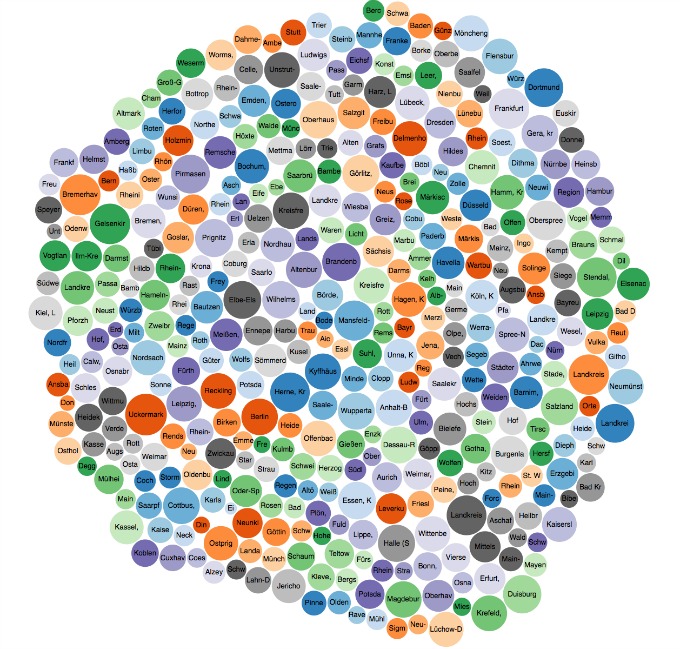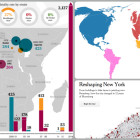Top Ten #ddj: The Week’s Most Popular Data Journalism Links
|
What’s the data driven journalism (#ddj) crowd tweeting about? A politician and his shadow (data, that is), New York City taxis, DataFest, and more! Here are the week’s Top Ten Data Journalism Links on Twitter (for October 24-30), with items from Der Spiegel, the Guardian, and the Financial Times.









